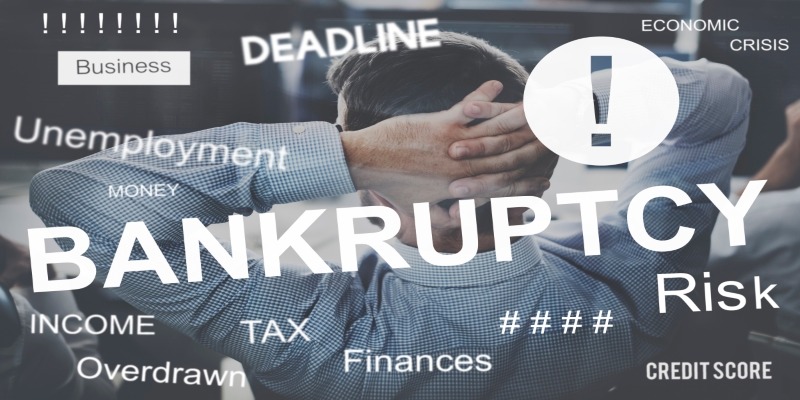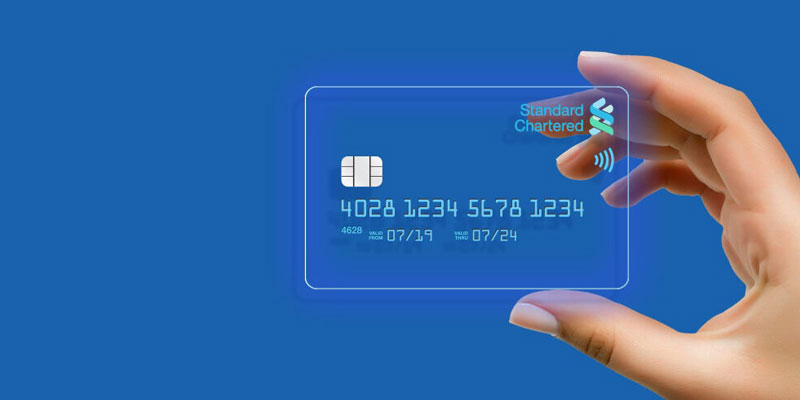Relationship banking is where banks focus on building solid and lasting relationships with their customers. This method goes beyond just offering basic accounts like checking or savings. Here, a personal or business banker works closely with customers, offering various products that align with the customer's financial goals. This not only aids the customer but also boosts the bank's revenue.
This strategy involves understanding the unique financial needs and situations of each customer. Banks then tailor their services and advice to meet these needs, adjusting as the customer's financial or business circumstances change. You'll often see this personalized service at small-town banks, but it's also common in larger banks' retail branches.
Relationship bankers aim to provide comprehensive services for individuals and small businesses, striving to be the go-to place for all financial needs. Business services include certificate deposits, safe deposit boxes, insurance policies, credit cards, numerous loan programs, and credit card processing. Besides that, they may also specialize in some particular group’s products, including students, seniors, and high-income people.
A key tactic in relationship banking is cross-selling, where bankers offer multiple products to customers. However, they must tread carefully due to legal restrictions. For instance, the Bank Holding Company Act Amendments 1970 set federal anti-tying laws. These laws prohibit banks from making the availability of one service dependent on purchasing another, with some exceptions.
Relationship Banking Example

Let's imagine an example of relationship banking in action. Picture this: you open a checking account at a bank. After a while, the bank tells you about a feature that rounds up your card purchases to the nearest dollar, depositing the difference into a savings account. Intrigued, you decide to open a savings account to use this feature.
As time passes, you start using the bank's investment platform, enjoying the convenience of instant transfers from your checking account. You may even decide to open an Individual Retirement Account (IRA) with the same bank, appreciating the ease of having all your financial accounts under one roof.
The essence of relationship banking is that your bank continuously offers products and services that align with different phases of your life. For example, this could be a mortgage loan if you are planning on purchasing a house or an auto loan in case you want to purchase a new car. Hereby, this institution concentrates primarily on you as a customer, not on the sale of a single product. The ultimate aim is to foster a sense of loyalty towards the brand by being there for your financial needs at every step of your journey.
How Relationship Banking Can Benefit You
Relationship banking can offer numerous benefits to you as a customer. Think of the convenience of having all your financial information in one place, accessible through a single desktop or app dashboard. You can quickly check your savings, credit card, and loan balances, manage autopay schedules, and more. Moreover, being a loyal customer with a substantial balance at a bank also grants you access to personalized services and financial advice.
For instance, PNC offers a service called PNC Choice Banking. This includes relationship managers, lower interest rates on credit cards, and the opportunity to collaborate with their investment team to devise long-term financial strategies. This service is complimentary for customers maintaining a deposit balance of $50,000 or more.
Citi, another central bank, discounts mortgage rates to customers who maintain certain deposit account balances. In the event that your account balance falls within that range of $1-$50,000, you might be able to enjoy reduced mortgage closing fee. It may be possible to have mortgage interest discounts for balances over $50,000.
Business owners stand to gain significantly from relationship banking. It offers the convenience of managing personal and business banking in one place. Banks also provide dedicated client service representatives to help you achieve your business objectives, further simplifying and enhancing your banking experience.
One of the key advantages is the potential for customers to secure more favorable terms. This could include better rates and fees due to the bank's eagerness to foster a strong relationship. Enhanced customer service is another perk, often more pronounced in smaller community banks. For instance, a customer with a mortgage loan can open a checking account without minimum balance fees. Similarly, a small business with a line of credit could negotiate lower merchant processing fees.
Disadvantages You Should Know

While beneficial in many ways, relationship banking also comes with its own advantages and disadvantages that vary based on the customer's perspective and the bank's approach.
There are disadvantages to consider. Clients might find themselves overly reliant on a single bank for all their financial needs, leading to complacency in seeking out the best services and costs from different financial institutions. Privacy and data security are also concerns, as banks can access comprehensive client financial data, which could be used to the bank's advantage or become vulnerable to a data breach.
Another critical aspect is the importance of client consent in cross-selling services. The Wells Fargo scandal serves as a cautionary tale. Between 2002 and 2016, an aggressive incentive system led to unauthorized account openings, demonstrating how trust, crucial in relationship banking, can be breached. It highlights that for relationship banking to be mutually beneficial, banks must adhere to an ethical service culture.
Balancing Personalization and Autonomy in Relationship Banking
A balance between personalized service and client autonomy is essential in relationship banking. While the model offers tailored financial solutions, customers must remain vigilant and informed about their choices. It's not just about the convenience of consolidated services; it's also about understanding the implications of such consolidation. This approach requires a transparent and ethical banking practice, where customers are informed participants, not just passive recipients of services.
A key element is ensuring customers know all options and implications, allowing them to make informed decisions aligning with their financial objectives. Banks, on their part, must prioritize customer interests, maintaining a balance between business goals and ethical service. In essence, relationship banking thrives on a foundation of trust, transparency, and mutual respect, creating a financial partnership that benefits both the customer and the bank.




